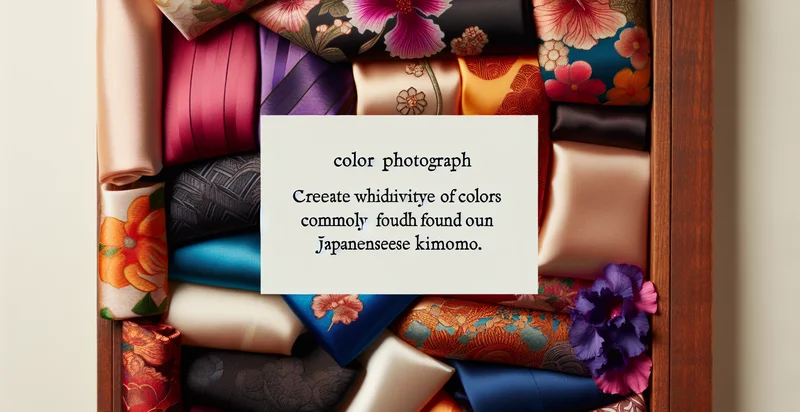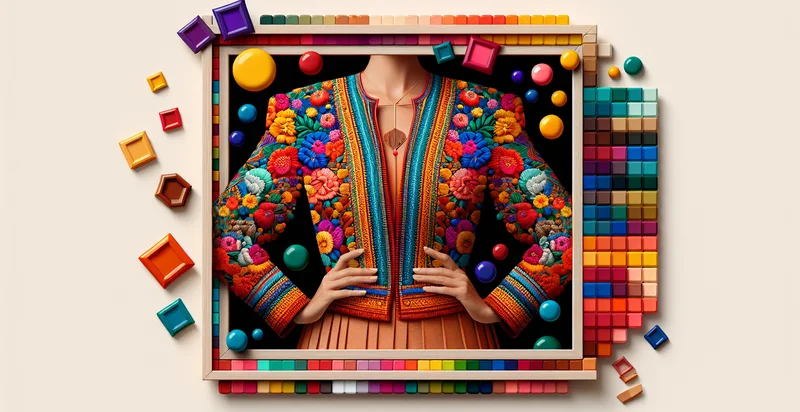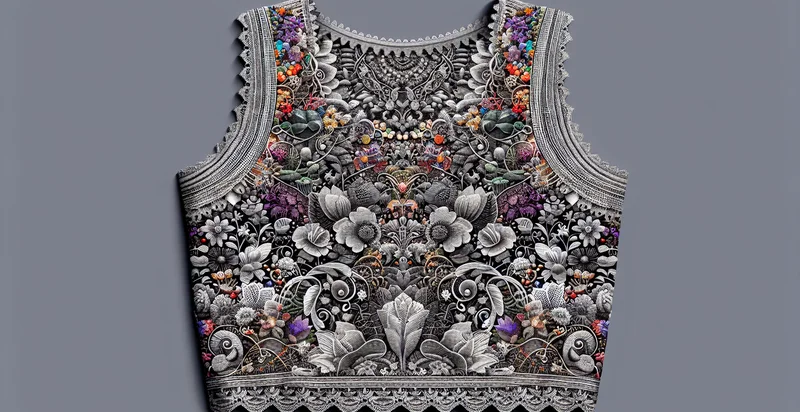Identify the color of a kimono
using AI
Below is a free classifier to identify the color of a kimono. Just upload your image, and our AI will predict the color of a kimono - in just seconds.

Contact us for API access
Or, use Nyckel to build highly-accurate custom classifiers in just minutes. No PhD required.
Get started
import nyckel
credentials = nyckel.Credentials("YOUR_CLIENT_ID", "YOUR_CLIENT_SECRET")
nyckel.invoke("the-color-of-a-kimono", "your_image_url", credentials)
fetch('https://www.nyckel.com/v1/functions/the-color-of-a-kimono/invoke', {
method: 'POST',
headers: {
'Authorization': 'Bearer ' + 'YOUR_BEARER_TOKEN',
'Content-Type': 'application/json',
},
body: JSON.stringify(
{"data": "your_image_url"}
)
})
.then(response => response.json())
.then(data => console.log(data));
curl -X POST \
-H "Content-Type: application/json" \
-H "Authorization: Bearer YOUR_BEARER_TOKEN" \
-d '{"data": "your_image_url"}' \
https://www.nyckel.com/v1/functions/the-color-of-a-kimono/invoke
How this classifier works
To start, upload your image. Our AI tool will then predict the color of a kimono.
This pretrained image model uses a Nyckel-created dataset and has 15 labels, including Beige, Black, Blue, Brown, Dark Green, Green, Grey, Light Blue, Multi-Color and Orange.
We'll also show a confidence score (the higher the number, the more confident the AI model is around the color of a kimono).
Whether you're just curious or building the color of a kimono detection into your application, we hope our classifier proves helpful.
Related Classifiers
Need to identify the color of a kimono at scale?
Get API or Zapier access to this classifier for free. It's perfect for:
- E-commerce Product Sorting: Online retailers can utilize the image classification function to automatically categorize kimonos by color, enhancing user experience. This can streamline the shopping process, allowing customers to filter products by their preferred colors quickly.
- Inventory Management: Fashion brands can employ this tool to assess their stock based on the color of kimonos. By identifying popular color trends, businesses can optimize inventory levels, reducing overstock of less desirable colors.
- Personalized Marketing: Companies can leverage the color classification to create targeted marketing campaigns. By analyzing customer preferences and their preferred kimono colors, brands can personalize emails and promotions, boosting engagement and sales.
- Visual Search Optimization: This function can enhance visual search capabilities in mobile apps. Users can upload images of kimonos they like, and the system will identify similar items based on color, making it easier for customers to find what they want.
- Trend Analysis: Fashion analysts can utilize this classification tool to study the popularity of kimono colors over time. By aggregating data from various sources, brands can stay ahead of seasonal trends and adjust their designs accordingly.
- Quality Control: Manufacturers can implement image classification during the production process for quality assurance. By checking that the kimonos meet the expected color standards, companies can minimize defects and ensure consistency in their offerings.
- Cultural Content Curation: Platforms dedicated to showcasing traditional attire can use this function to categorize and curate content based on kimono colors. This can enhance user navigation by allowing individuals to explore various colors associated with cultural significance or historical context.


